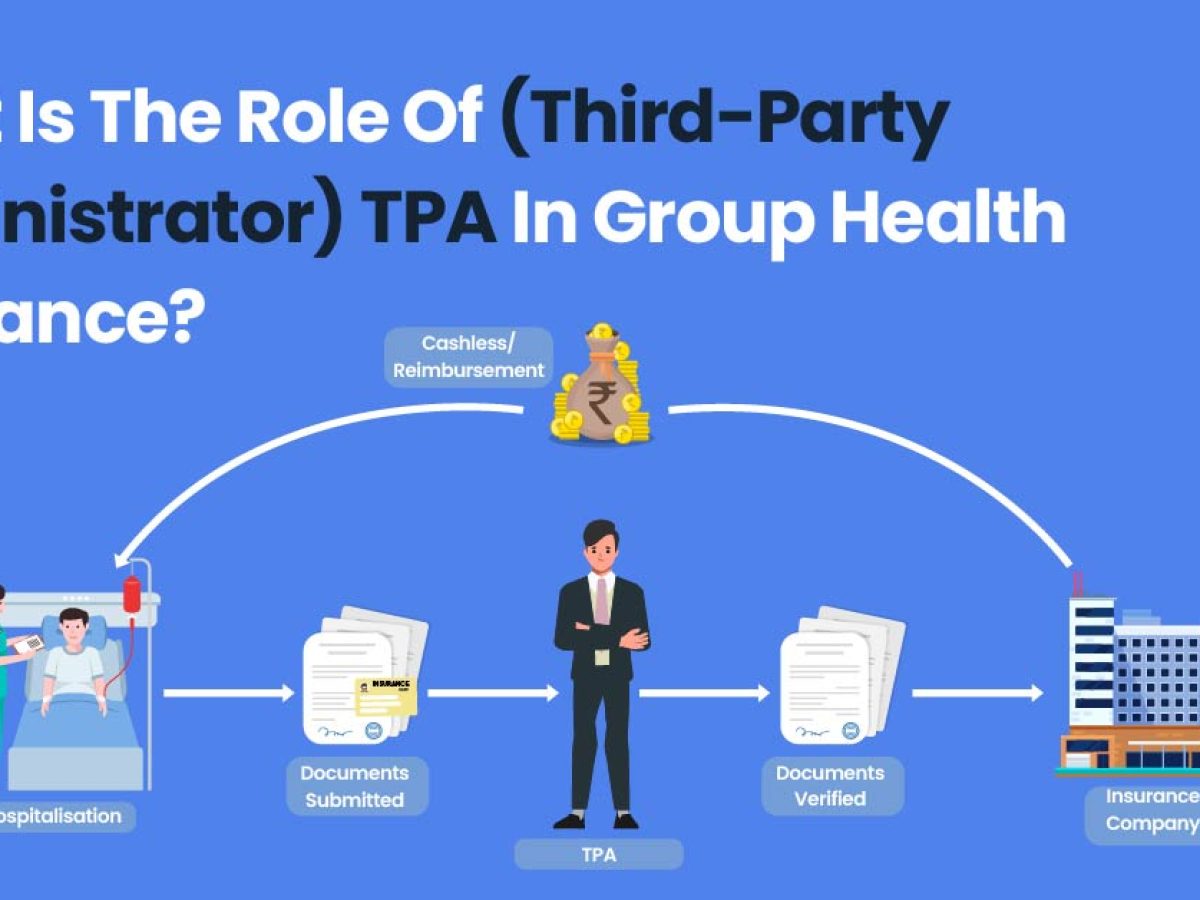The Basic Principles Of Pacific Prime
Some Of Pacific Prime
Table of ContentsExcitement About Pacific PrimePacific Prime Fundamentals ExplainedThe 10-Minute Rule for Pacific PrimeAll about Pacific PrimeWhat Does Pacific Prime Mean?

This is because the data were accumulated for a duration of solid economic efficiency. Of the estimated 42 million individuals who were without insurance, just about concerning 420,000 (about 1 percent) were under 65 years old, the age at which most Americans become eligible for Medicare; 32 million were grownups between ages 18 and 65, about 19 percent of all grownups in this age team; and 10 million were children under 18 years of age, concerning 13.9 percent of all children (Mills, 2000).
These price quotes of the variety of persons uninsured are produced from the yearly March Supplement to the Existing Population Study (CPS), performed by the Demographics Bureau. Unless otherwise noted, national quotes of individuals without wellness insurance and proportions of the population with different sort of coverage are based on the CPS, the most widely used source of quotes of insurance coverage and uninsurance prices.
3 Simple Techniques For Pacific Prime

Still, the CPS is especially useful because it generates yearly quotes relatively swiftly, reporting the previous year's insurance coverage approximates each September, and since it is the basis for a consistent collection of quotes for greater than two decades, enabling analysis of trends in insurance coverage gradually. For these reasons, along with the considerable use the CPS in other researches of insurance protection that are provided in this report, we count on CPS quotes, with constraints kept in mind.

The quote of the variety of uninsured individuals expands when a populace's insurance coverage status is tracked for a number of years. Over a three-year duration beginning early in 1993, 72 million people, 29 percent of the united state population, lacked insurance coverage for a minimum of one month. Within a single year (1994 ), 53 million people experienced at the very least a month without protection (Bennefield, 1998a)
Six out of every ten without insurance grownups are themselves used. Although working does improve the probability that one and one's member of the family will certainly have insurance policy, it is not an assurance. Even members of families with two full-time wage income earners have virtually a one-in-ten possibility of being uninsured (9.1 percent uninsured price) (Hoffman and Pohl, 2000).
The Single Strategy To Use For Pacific Prime
New immigrants make up a considerable percentage of individuals without medical insurance. One analysis has associated a substantial section of the current development in the size of the U.S. uninsured population to immigrants that showed up in the country between 1994 and 1998 (Camarota and Edwards, More Bonuses 2000). Recent immigrants (those that concerned the United States within the previous 4 years) do have a high price of being without insurance (46 percent), but they and their children represent just 6 percent of those without insurance across the country (Holahan et al., 2001).
The relationship between medical insurance and accessibility to care is well established, as documented later in this chapter. The connection between health insurance coverage and health outcomes is neither straight nor straightforward, a considerable scientific and health and wellness services research literature web links health and wellness insurance protection to better accessibility to care, much better quality, and boosted personal and populace health status.
Degrees of analysis for analyzing the impacts of uninsurance. This discussion of health insurance policy coverage concentrates mostly on the U.S. populace under age 65 since practically all Americans 65 and older have Medicare or various other public protection. Additionally, it concentrates particularly on those without any wellness insurance coverage for any size of time.
Little Known Questions About Pacific Prime.
The problems encountered by the underinsured are in some aspects comparable to those encountered by the uninsured, although they are generally much less severe. Wellness insurance, nonetheless, is neither required neither adequate to gain accessibility to clinical services. The independent and straight effect of health and wellness insurance protection on accessibility to health and wellness solutions is well established.
Others will certainly get the health care they require even without medical insurance, by spending for it out of pocket or seeking it from service providers that provide treatment complimentary or at highly subsidized prices. For still others, health insurance coverage alone does not ensure receipt of treatment due to various other nonfinancial obstacles, such as a lack of healthcare providers in their neighborhood, minimal access to transportation, illiteracy, or etymological and cultural differences.
5 Easy Facts About Pacific Prime Described
Formal research about uninsured populations in the United States dates to the late 1920s and early 1930s when the Committee on the Expense of Treatment generated a collection of records about financing physician office sees and hospital stays. This issue became salient as the numbers of medically indigent climbed up throughout the Great Depression.